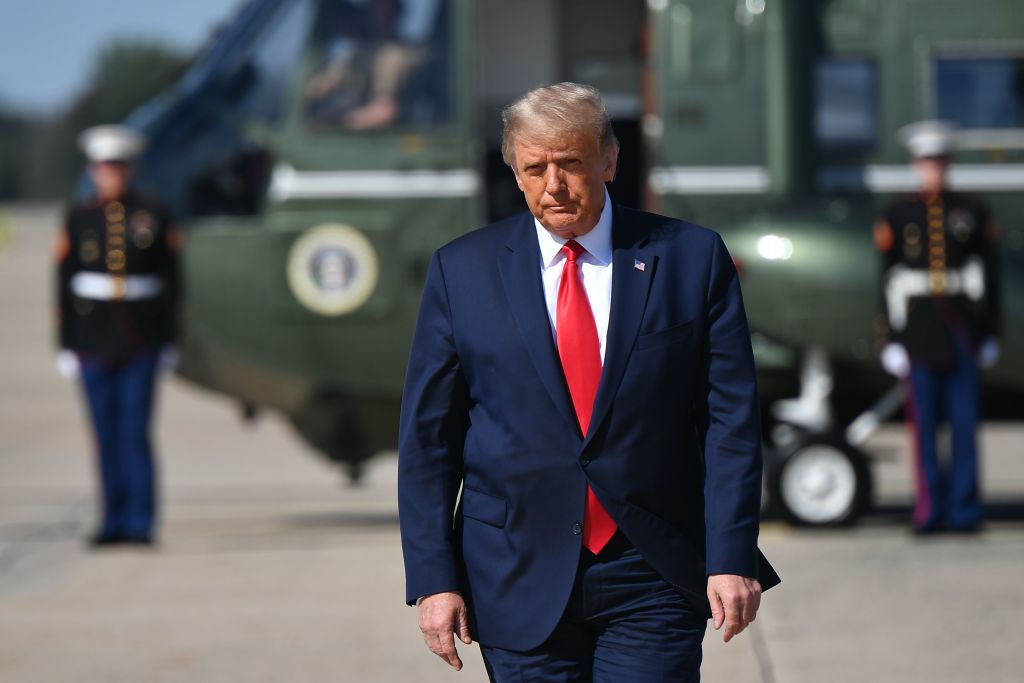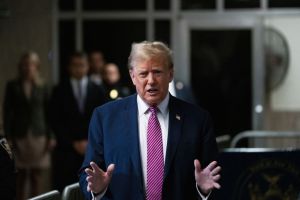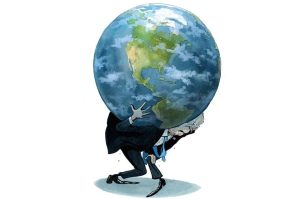It’s rather difficult to dissect or analyze policy areas from last night’s horrendous debate. But Freddy Gray and I attempt to do so on the latest episode of his Americano podcast — and considering today’s economic updates, I’ll give it another go.
Even in a debate that spent most of its time in the gutter, both President Trump and former vice president Joe Biden had moments of cut-through. For Biden, his call for unity in America felt like a rare throwback to a form of traditional campaigning that tends to play well with watchers at home. For Trump, his most persuasive moments came early in the debate, when he was speaking about the economy. It seems (once again) that not all his facts and stats added up — but his central point — that the American economy was booming before the virus hit — is also his main selling point in this election. But for the President to convincingly argue that he is the best candidate to get the economy back to where it was before, voters would need to see some positive signs leading up to Election Day. And today’s data drop reveals a mixed bag of economic updates.
The Commerce Department definitively reports that America’s economy contracted by 31.4 percent between April and June this year: three times larger than the biggest second quarter fall on record. The good news for the US economy — and for Trump — is that despite these figures being confirmed today, the US has been on the road to recovery for months, with most sectors including retail, hospitality and manufacturing opening back up over the summer. The bad news: it still has a long way to go, with America’s economy a third smaller in June than it was at the start of the year. How buoyantly GDP is bouncing back will be revealed just five days before the election, when the data for July to September is published.
And it’s not just GDP recovery that needs to take a V-shape in order for the President to hold on; surges in growth or the stock market need to be matched by job recovery as well. Today’s release of the ADP monthly jobs figures gives us some insight into how this part of the COVID recovery is coming along. The ADP reports an increase of 749,000 jobs in the months of September, well exceeding the Dow Jones’s estimate of 600,000. The official jobs data from the Labor Department will follow on Friday, which could reveal a bigger or smaller number, but as CNBC reports, ADP’s figures have ‘often trailed the official government count by a significant margin’, which could be a sign that there is more positive news to come in a few days time.
An uptick in the official figures would be a gift to the President — as nearly 750,000 new jobs in a month might seem like an impressive, headline figure, the trajectory for recovery is starting to slow. The V-shaped recovery for job gains is losing its sharpness, starting to lag in July and August with 1.8 million and 1.4 million job gains respectively, significantly lower than the 2.5 million jobs created in May or 4.8 million created in June.
[special_offer]
In a few months’ time it is possible that America’s employment rate may look favorable compared to other developed countries. Due to difference strategies for handling economic hibernation at the height of the pandemic, the US saw unemployment spike fast. But its unemployment rate is under 10 percent again, whereas countries like the UK are about to face their unemployment crisis, with job losses certain to come later in the year.
Still, these comparisons may not be enough to sway voters who have lost significant income or are out of work. Even relatively big gains in coming months won’t get America’s growth levels or jobs market back to where they were in February. The question for the President then is whether the dials move enough, to convince voters that there’s still an economic case to be made in his favor.


















